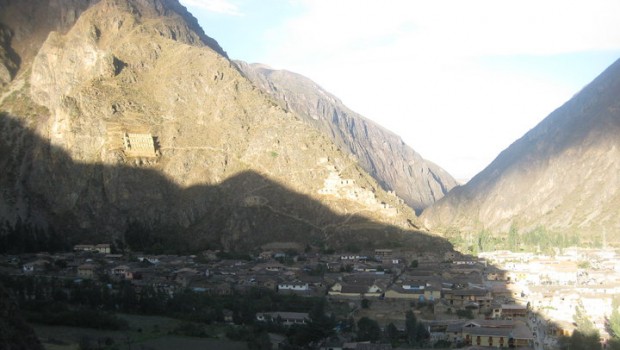Chilean Songs
Eileen Mary O’Connor
 Marjorie Agosín,
Marjorie Agosín,
The Light of Desire,
The University of Chicago Press,
Chicago, 2010.
Chilean poet Marjorie Agosín’s new collection, The Light of Desire, is a luminous contemplation of love both secular and sacred. Modeled after the “Song of Songs” and Sepharad poetry, and evoking echoes of Pablo Neruda, this long narrative poem is comprised of six “songs” which depict a reencounter between childhood loves after decades of separation. The bilingual edition, translated into English by Lori Marie Carlson and illustrated by Chilean painter Ramón Levil,captures all the light, color, tastes and sounds of the original Spanish.
Agosín composed these “songs” in an apartment in alem’s Mishkenot Sha’ananim neighborhood overlooking the wall of the Second Temple, hallowed surroundings which imbue the collection with all theirmemory, mystery and grace. The reader walks upon pink-stoned streets, tastes the pomegranates and watches the poppies unfurl as themes of landscape and language, histories both intimate and shared, the nature of the holy and the question of the homeland dance together in this celebration of a beloved both physical and metaphorical.
The poem is rooted in place and memory, yet it reveals love’s power to transcend and dispel the borders of cultures, conflicts, distances and years, rendering “the lines of the maps…Disobedient angels.” While lines of verse hold a starry mirror to one night in which memory and desire wove their threads into a singular present moment:
In that night we gathered all
Concave nights
You remade my body in memory
The cartography
Of desire
Such language speaks to the senses,falling upon the eyes and ears like the touch of the lover’s hand:
Agile
Generous
Doves in the darkness
Offering gifts
Agosín’s writing is ripe with such sumptuous imagery, yet the poem’s incandescent hues and melodic tones are tempered by a tone of strength: this is a voice which speaks with unadorned honesty about vulnerability, longing and faith, and unabashedly holds sexuality to the reader’s lips like a chalice brimming with honey-flavored secrets.
Yet for Agosín, who calls love “a rustling syllable,” the body is not the only medium of expression. Language– from words written and voiced, to understandings conveyed through silence, to saying the alphabet in the lover’s tongue– is as essential to loving as physicality. Indeed, the barriers between the realms blur, as when the narrator dreams of her lover “Dressed in word/A puff of smoke” and finds learning his language is another means of merging with him: “I like the letter “l” that rolls on my tongue/ And falls on yours”. Here, language is intimately connected to the process of discovering, naming and claiming a love:
You come near
And upon me leave prints
You write of your country upon me
And love begins through the memory
of skin
Indeed, it is Agosín’s graceful dexterity with words that give this poem beautiful tensions, oppositions not unlike those of a woman and man:
In passion that is a well so light and
[so dark
That hurts
That rocks
That heals
That is a single slope
A single river
Emanating golden sediment
There is a richness in The Light of Desire that left me feeling complete. I believe this tribute to love and the city of Jerusalem is also a song to the beauty, vulnerability and generosity of the self: this voice sings in gratitude for her capacity to love, for the wisdom of her body, for the natural rhythms which unite her with all living things. These are the heart-gifts the narrator brings her beloved, and those which Agosín’s verses beseech us to savor as sacrament.
Posted: April 22, 2012 at 1:05 am










